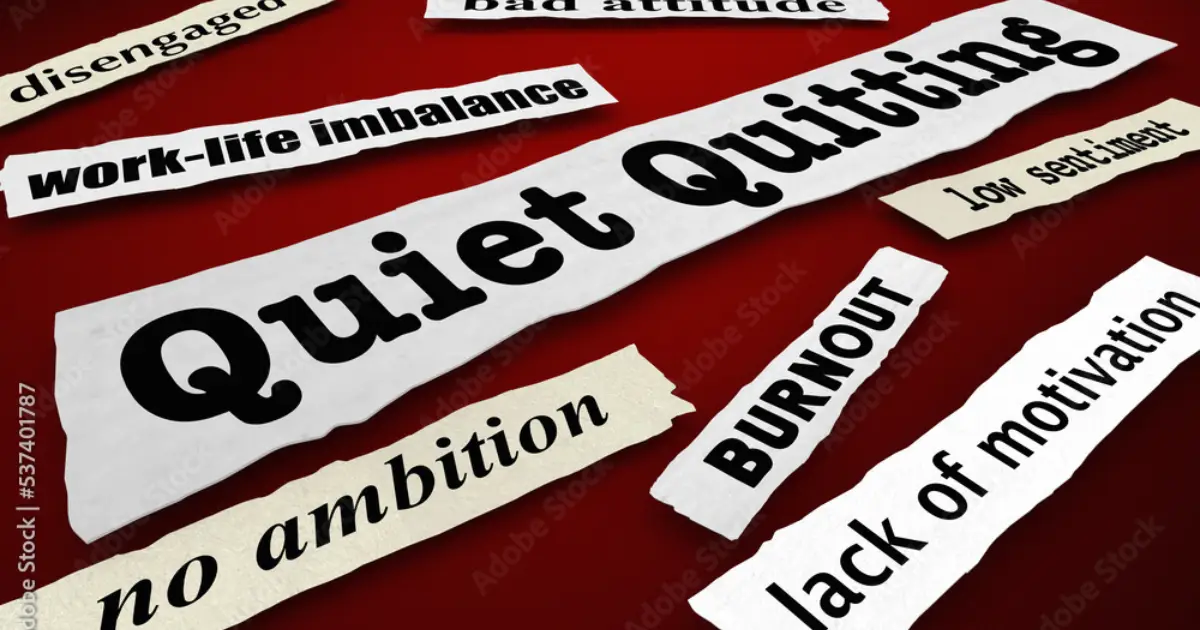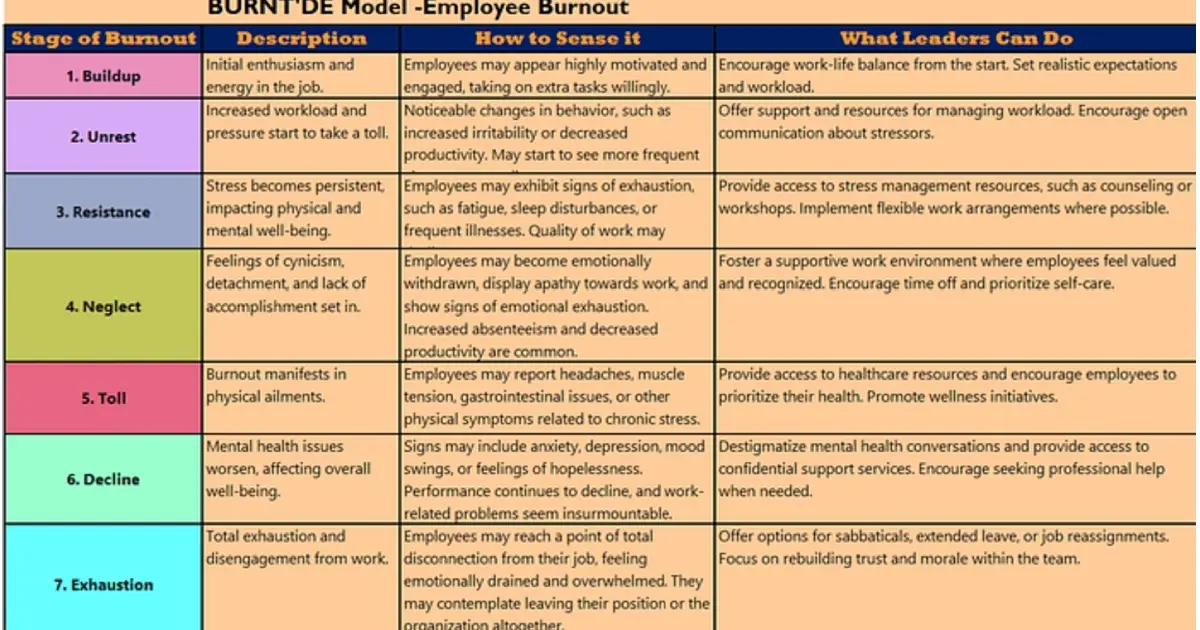
Have you or your colleagues ever felt so exhausted from work that thinking about going to the office sometimes causes anxiety? Have you seen any of your colleagues lose the fire they once had and now just seem constantly stressed out?
Unfortunately, these experiences are prevalent in most organisations and are what psychologists call burnout. What is burnout and what are its causes? What are signs that someone might be experiencing burnout? Is it essential for organisations to address burnout? Let’s tackle these questions using Sarah’s experience:

Consider the case of Sarah, a dedicated marketing manager at a mid-sized tech company. Over the past few months, Sarah’s workload has continuously increased. She’s consistently worked long hours to meet tight deadlines while managing multiple projects simultaneously and finding ways to navigate the challenges of remote collaboration. Initially driven by enthusiasm and a commitment to delivering exceptional results, Sarah is finding herself caught in the relentless cycle of work demands. The pressures of deadlines and expectations are taking a toll on her and her overall well-being.
As Sarah’s workload continues to mount, her once vibrant and enthusiastic demeanour is starting to dwindle. Her colleagues have noticed a decline in her overall productivity and well-being. They have also seen her becoming more withdrawn during team meetings, with her once energetic presence replaced with restlessness and increased irritability, causing tension within their group. Despite her best efforts in trying to cope with the mounting pressure, Sarah is finding it increasingly difficult to maintain a healthy work-life balance. The more exhausted she feels, the more she resents her work. If Sarah's situation continues without being addressed, her productivity will continue declining, and she might even consider looking for another job.
Does Sarah's experience sound familiar? Many employees have experienced something similar to what Sarah did at one point in their careers. Let's better understand burnout, its causes, and how organisations can best address it.
Burnout is a state of emotional, mental, and often physical exhaustion caused by prolonged or repeated stress, all of which are evident in Sarah's case. Burnout often develops gradually as an individual faces overwhelming work demands without adequate relief, causing detrimental effects on their well-being.

Burnout typically stems from sustained stress at work, as seen in Sarah's case. What are some of the common causes of burnout at work?
Several signs indicate that someone may be experiencing burnout, as Sarah’s experience illustrates.
For organisational leaders, recognising and addressing burnout is crucial. Failure to do so can have significant repercussions for both employees and the organisation. Burnout leads to reduced productivity, increased turnover, and strained team dynamics, ultimately affecting the company’s bottom line. Research supports this, with Gallup reporting that 79% of employees have experienced burnout, significantly exacerbated by the blurred boundaries of remote work. Moreover, the WHO estimates that burnout costs the global economy $322 billion annually in lost productivity.
The chart below outlines the seven stages of employee burnout, employing the BURNT model. It provides insights into how to identify each stage and offers actionable strategies for leaders to mitigate its effects.

Understanding the nuances of burnout, from the initial onset of stress to the eventual point of complete disengagement, enables leaders to take a more proactive and compassionate approach. Leaders who can identify subtle signs, such as increased fatigue or mild irritability, should already offer support before the situation escalates. By understanding the different stages of burnout, leaders can tailor their interventions to the specific needs of their employees at each stage.
For example, in the early stages, simple adjustments like redistributing workloads, offering flexible schedules, or providing mental health resources can help alleviate stress and prevent further decline. As burnout progresses, more targeted interventions, such as counselling, temporary relief from duties, or professional development opportunities that reignite a sense of purpose and engagement, might be necessary. By addressing burnout in its early stages, leaders can prevent the downward spiral into complete disengagement, where recovery becomes more challenging and the impact on both the employee and the organisation is more severe.
As organisations navigate the complexities of modern work dynamics, prioritising employee well-being and resilience is a moral and strategic necessity. By recognising the signs of burnout and implementing targeted interventions, leaders can cultivate a culture of trust, support, and collaboration, ultimately driving sustainable performance and success, which can be adequately targeted through proper training opportunities and coaching.